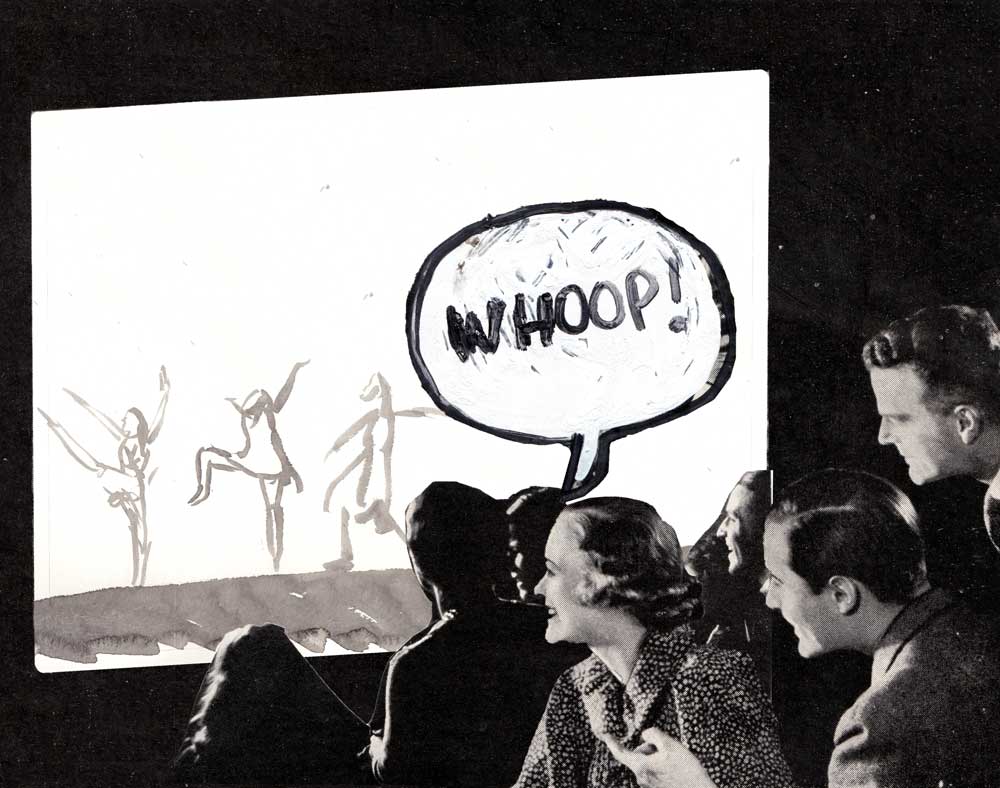An Affirmation of Spirit
Editor’s note: This month on Stance on Dance, several dance artists have been asked to share a pivotal dance experience that changed their trajectory or the way they think about dance.
BY ERIC KUPERS; ILLUSTRATION BY TRACEY TURNER
Contraband’s Mira, Cycle III
It was the early-mid-nineties. I had just moved to the Bay Area after graduating from college with a BA in History of World Religions. I was diving into the fertile San Francisco dance scene, gobbling it up however I could. It was at Laney College – the now defunct Bay Area Dance Series; it was Contraband, doing an early version of Mira, Cycle III; I fell in love.
Dance had saved me over and over again since I was 12. But something was missing. I was deeply committed to a Buddhist spiritual practice, and while I knew dance was a potent inner practice of it’s own, I hadn’t yet made some core connections in that direction. It all changed at that show.
Sara Shelton Mann opened the evening, all in white, dancing a prayer, an invocation, a cry for Holy Connection. And then this wild band of artists spilled onto the stage, building momentum, exploding over and over and over. Everyone danced differently, yet everyone’s movement was equally intrinsic to the work’s unfolding. There was an ungraspable propulsion through movement, drumming, singing, lights, poetry of divine longing, anger, love, despair, ecstasy. It was contemporary, avant-garde folk dance. It was punk. Raw. Messy. Untamed. Fiercely alive.
Then, about two thirds of the way through, in a section of high impact body flinging, one of the most radically revered dancer/teachers in the scene (who happened to be sitting next to me) whooped. Just like that, she broke the fourth wall. She let out a cry of confirmation—of encouragement—of communion—of participatory joy. I couldn’t believe it. This was a dance concert. Are we allowed to do that?
It completed the piece in a way I hadn’t known it needed. It made it a community ritual, a shared ceremony, rather than something we came to witness from afar. There was something else going on here.
These artists knew something about experimental performance as spiritual practice. They weren’t just having a career, or an artistic point of view. They were communicating directly with Spirit. They were helping us do the same.
That moment has continued to be a touchstone for me as I’ve travelled a path seeking integration, inclusion, and deep insight through my personal dance practice, my teaching of Inclusive Interdiscplinary Performance at CSU East Bay, and ongoing research with my Bandelion ensemble. It is a reminder to me of why I do this. A reminder of what happened when I first discovered dance—that direct revelation of living connection to everyone in the room. A reminder of “Yes!”

For more on Eric Kupers work, visit dandeliondancetheater.org/bandelion.
